|
Few Alabama plants can match the maypop, either in features or folklore. With its pronounced tropical affinities, close ties to human habitation, bizarre flower construction, and unique Christian symbolism, the species stands (or grows) alone.
Sex is never simple, nor without its costs. While the high costs of sexual reproduction--attracting a mate, transferring gametes, and supporting the offspring--are obvious in animal species (including humans), the same lessons can be learned from a common Alabama woodland plant, jack-in-the-pulpit.
In his 1842 poem, Henry Wadsworth Longfellow used the chestnut tree to help define his blacksmith's qualities: "Under the spreading chestnut tree/The village smithy stands." Little did the poet know that in less than a century both blacksmiths and the chestnuts that spread protectively over them would be close to extinction.
Naturalists are notorious for turning seemingly mundane objects into mini-lessons and short sermons. And few Alabama trees offer more instant lecture material than the black walnut.
Native to the eastern United States, from Massachusetts and Minnesota south to Florida and Texas, black walnuts (Juglans nigra) are found in all but southernmost Alabama, scattered in rich bottomlands and calcareous woods. The trees are easily identified by their pinnately compound leaves composed of from nine to twenty-three leaflets; dark gray bark with deep ridges forming a diamond pattern; the "chambered" or partitioned nature of the pith when twigs are split lengthwise; and large round fruits contained in a green husk, ripening in late autumn. The fruits, when cracked open, reveal the sweet, oily nuts essential to many desserts. In the first chapter of their recent book, Poisonous Plants and Venomous Animals of Alabama and Adjoining States (University of Alabama Press, 1990), co-author Whit Gibbons, Robert R. Haynes, and Joab L. Thomas felt compelled to list Alabama's twenty-nine most dangerous organisms. And listed alongside the obvious choices--canebrake rattlers, black widow spider, and destroying angel (a poisonous mushroom) was a not-so-obvious one: the popular shrub, oleander.
|
About the authorLarry Davenport holds a Ph.D. in biology from the University of Alabama. He is a professor of Biological and Environmental Sciences at Samford University in Birmingham, where he teaches courses on general botany, plant taxonomy, and wetlands. In 2007, he was named Alabama Professor of the Year by the Carnegie Foundation for the Advancement of Teaching. Dr. Davenport has contributed his Nature Journal column to Alabama Heritage since 1993. This column inspired his award-winning book Nature Journal (University of Alabama Press, 2010). Archives
January 1997
Categories |
|
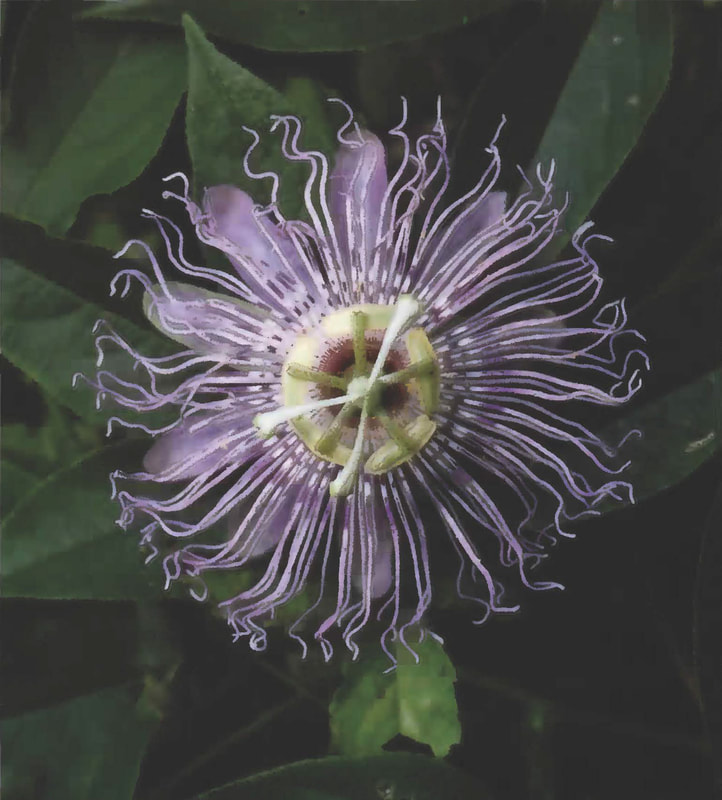
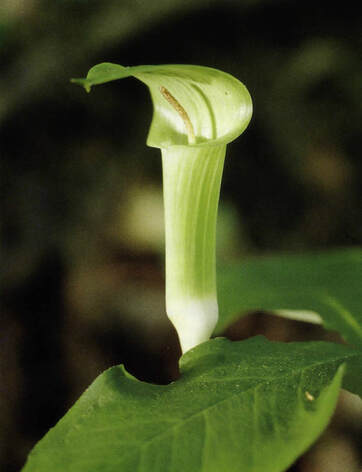
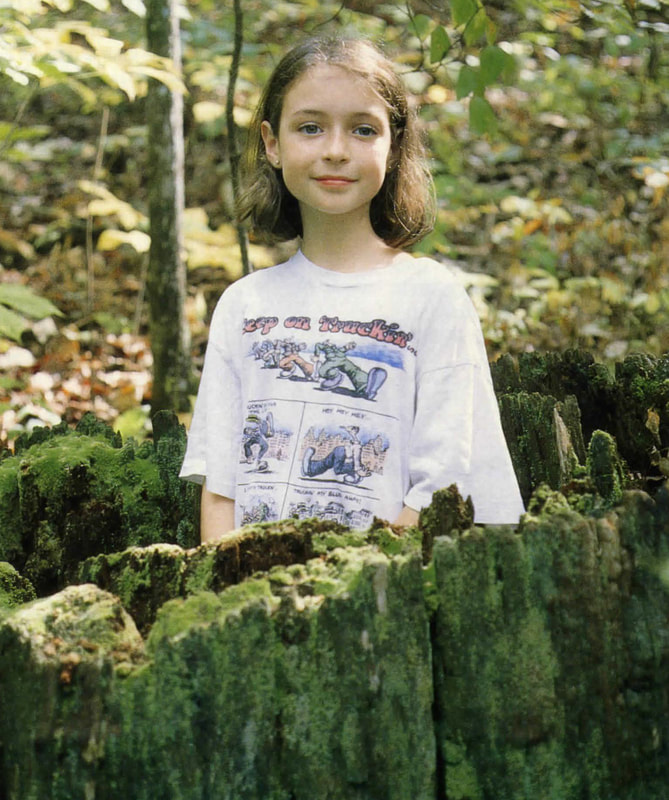
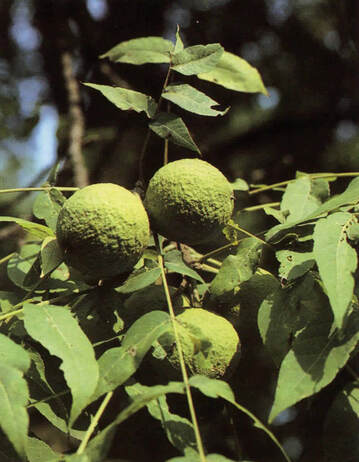
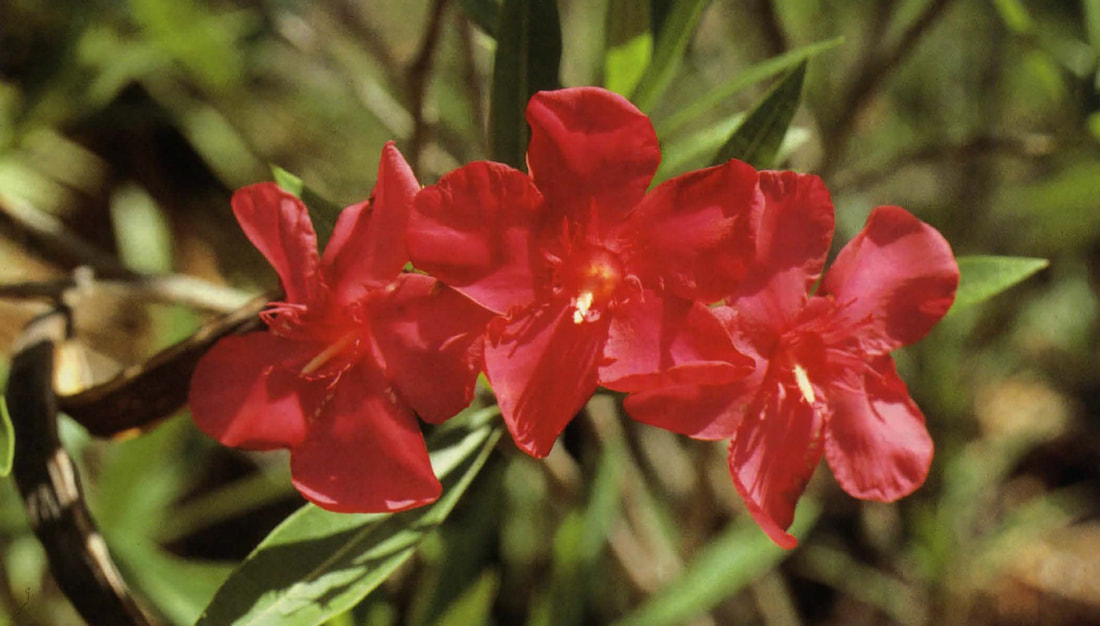
 RSS Feed
RSS Feed